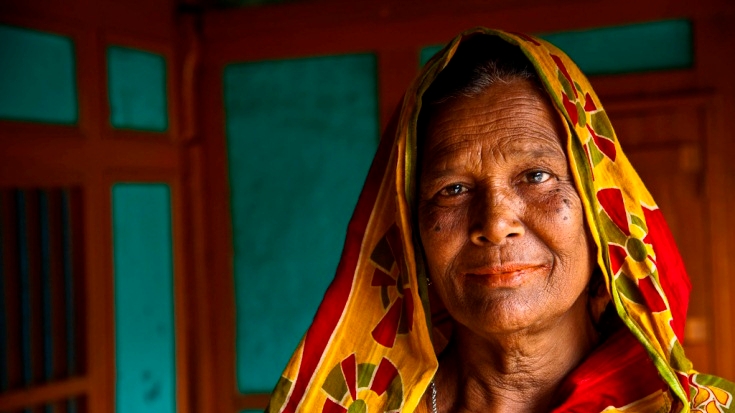Existing studies suggest that some of Bangladesh’s safety net programs have shown to be effective at reducing poverty and improving gender outcomes. The Bangladesh Safety Net System for the Poorest Project (SNSP) aims to improve the equity, efficiency and transparency of five of the largest social safety net programs to benefit the poorest households.
Challenge
Despite Bangladesh’s remarkable progress of lifting 16 million people out of poverty in the past decade, poverty remains a stubborn problem, with about 47 million people living in poverty and 26 million in extreme poverty. To support the poor and vulnerable, the government of Bangladesh implements a number of public social safety net programs that involve spending more than 2% of GDP yearly. Despite these interventions, 70% of poor people still do not receive any safety net support, mainly due to shortcomings in identifying poor beneficiaries and weak program administration.
Approach
SNSP aims to benefit four million households, comprising of 18 million poor people, by financing a portion of expenditures of major safety net programs implemented by the Ministry of Disaster Management & Relief, while supporting efforts to strengthen their implementation effectiveness. SNSP offers a results-based financing modality, where the World Bank would partially reimburse government expenditures made under selected safety net programs against specific performance indicators. These include allocating increased resources to the poorest, particularly poor women, and introducing an objective system better to identify the poor and minimize targeting errors.
The project will also focus on expanding the provision of cash-based transfers through the banking system or other financial channels (i.e. using mobile banking or the Bangladesh Post Office’s cash card) as well as strengthen access to information and grievance redress mechanisms to enhance transparency in program implementation. Furthermore, SNSP will introduce the consolidation of program processes as well as program management information systems to ensure stronger implementation and monitoring of safety nets.
The five safety net programs the project will support include the Employment Generation Program for the Poorest (EGPP), Food for Works (FFW), Test Relief (TR), Gratuitous Relief (GR) and Vulnerable Group Feeding (VGF) programs. The project will also support the Statistics and Informatics Division to develop a database of poor households that would facilitate better targeting of benefits under these programs as well as that of other programs implementing by other agencies. The database would also contribute to improving the coordination among the different ministries and agencies involved in safety net implementation.
Expected Results by 2017
- 18 million poor people to benefit from more effective safety net programs.
- 5 large Government safety net programs supported.

